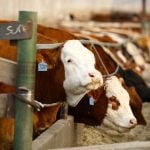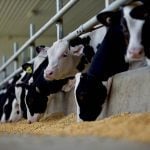
Cattleman’s Corner
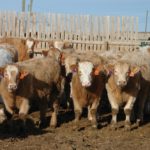
To sell or background calves?
Risk Management Part 3: The futures and basis will guide key decisions

Spring is welcome, but it brings its own issues for calves
Pen Checker Diary: Nicer weather comes with a whole parcel of animal health risks

Problems and benefits of twin calves
Animal Health: It is worth the extra management effort to save both calves

Winter brings a mixed bag of weather
Rancher's Diary: Ice, snow and even rainy conditions make chores challenging
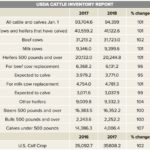
Tighter feeder cattle availability ahead
Market Update: Drought in southern Plains has moved more cattle to feedlots

Maintain facilities for improved workflow
The job gets done and it’s safer for both workers and livestock
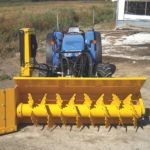
Composting is a manure-handling option
Reduces volume, conserves nitrogen and increases soil organic matter

Modify bale feeders for yearlings
Simple, relatively low-cost solutions to keep young stock out of the feeders

A two-step (plus) grazing plan
Use the grass, but don’t abuse it — allow for recovery time

More details on Step 3 of the two-step grazing plan
Use the grass, but then give it a chance to recover before coming back

